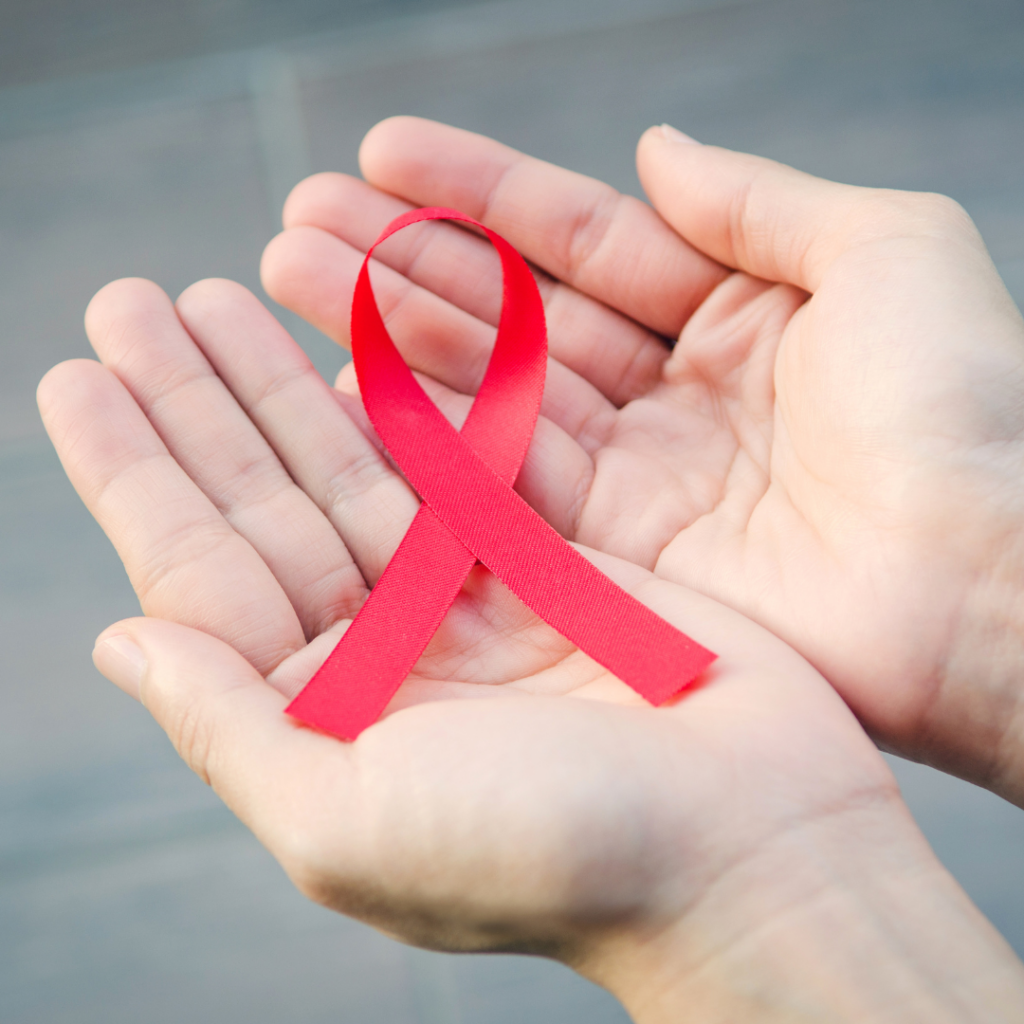It was 1981 when the first case of the illness now known as AIDS was reported. How far have we come, and how far do we have to go to end HIV in this lifetime? In conjunction with World AIDS Day, a team of international experts, including Assistant Professor Rayner Tan have published a Seminar piece in The Lancet to review the progress made in HIV, and detail what needs to be done to achieve an end to the pandemic.
Summary:
The global HIV response has made tremendous progress but is entering a new phase with additional challenges. Scientific innovations have led to multiple safe, effective, and durable options for treatment and prevention, and long-acting formulations for 2-monthly and 6-monthly dosing are becoming available with even longer dosing intervals possible on the horizon. The scientific agenda for HIV cure and remission strategies is moving forward but faces uncertain thresholds for success and acceptability. Nonetheless, innovations in prevention and treatment have often failed to reach large segments of the global population (eg, key and marginalised populations), and these major disparities in access and uptake at multiple levels have caused progress to fall short of their potential to affect public health. Moving forward, sharper epidemiologic tools based on longitudinal, person-centred data are needed to more accurately characterise remaining gaps and guide continued progress against the HIV epidemic. We should also increase prioritisation of strategies that address socio-behavioural challenges and can lead to effective and equitable implementation of existing interventions with high levels of quality that better match individual needs. We review HIV epidemiologic trends; advances in HIV prevention, treatment, and care delivery; and discuss emerging challenges for ending the HIV epidemic over the next decade that are relevant for general practitioners and others involved in HIV care.


